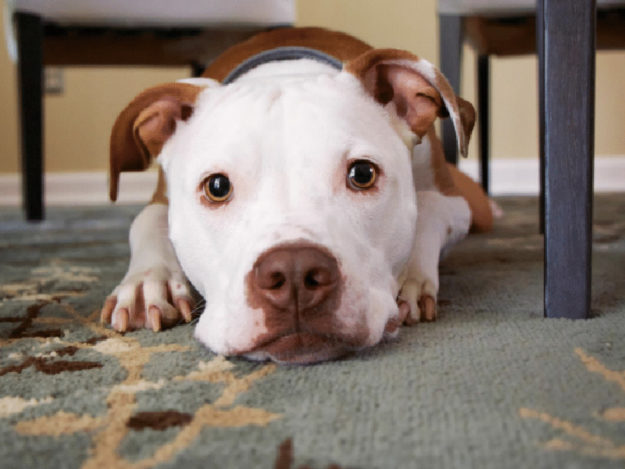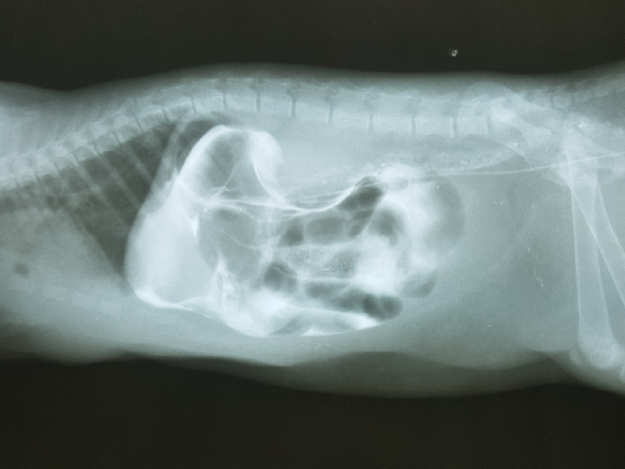Basic Dental Extractions in Dogs and Cats
Dr. Brook Niemiec reviews the equipment necessary for dental extractions. He then discusses regional anesthesia and closed extraction techniques, as well as sectioning of multi-rooted teeth. Course Handout Course Details










